Walkabout: The Care and Feeding of Old Houses, Part 2
Read Part 1 and Part 3 of this story. Brooklyn in 1983 was certainly not the Brooklyn of today. That’s a mixed blessing, if you ask me. My mother and I found a one family brownstone for rent in Bedford Stuyvesant through the Amsterdam News. We ran out from the Bronx to see it, and…
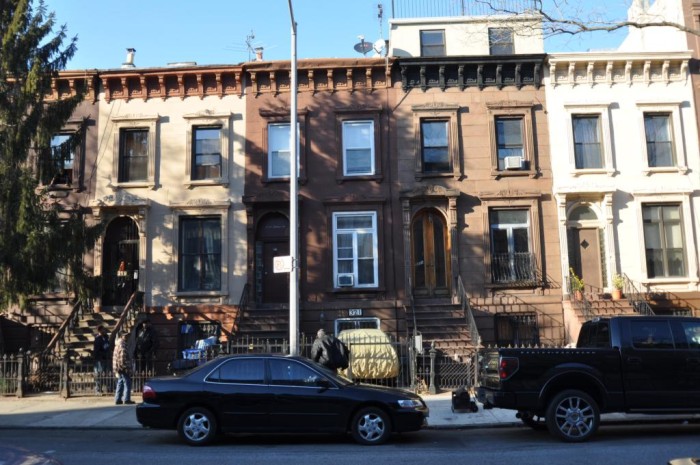

Read Part 1 and Part 3 of this story.
Brooklyn in 1983 was certainly not the Brooklyn of today. That’s a mixed blessing, if you ask me. My mother and I found a one family brownstone for rent in Bedford Stuyvesant through the Amsterdam News.
We ran out from the Bronx to see it, and impressed the landlady and got the place. The house had only been purchased by the owner a few months before, and had belonged to the last little old white lady on the block.
We loved the house. It was a three and a half story Neo-Grec brownstone. Our house was one of a group of five smaller houses amidst larger four story buildings. The house was an old house lover’s dream come true – an untouched one family house, complete with just all of the original features.
About the only thing that had been done to the house since it was built had been the installation of electricity and central heat. Even that was pretty old.
Some of the wiring was still cloth covered cording, and the pan and glass fixtures from the early 20th century were all either on pull chains or operated with push button switches. There were only two outlets in each room.
The checklist of Neo-Grec/Eastlake goodies was there. The house on Jefferson Avenue had been built in the 1870s. It still had the original front door, bottom gate and original ground floor decorative bars and original fence.
The single large picture window on the parlor floor had the original one over one glass. The front gate opened with a skeleton key. I still have a copy. It had all of its double doors, pocket doors and original woodwork. There were five marble fireplace mantels. All of the shutters were folded back into the window cases.
Even though the house had remained a single family over the years, it had been painted multiple times. All of the fireplaces had about six layers of paint on them, as did the woodwork and doors. Why would you paint marble brown?
Like just about every house in Bedford Stuyvesant, they all had that particular shade of institutional green and baby pink layers. Why would you paint a marble fireplace green?
Someday I will find out who was giving this stuff away back in the ’40s or ’50s, because I think EVERYONE I ever met who was renovating their homes encountered a layer of pink and/or a layer of green paint. Everyone.
The house had a great scale to it, even though it was small, compared to the larger houses with extensions, and a full fourth floor. The house was just under 17 feet wide, but the rooms were spacious and didn’t feel as narrow as they really were.
There were only two rooms on each floor on the ground and parlor floors, and upstairs had two bedrooms with the bathroom in the middle and a passthrough with shared dressing room behind it.
The dressing room had a patterned sink in a marble base in the middle and a cupboard and a closet flanking it on either side. The bathroom had the original sink and a large clawfoot tub.
Upstairs were two bedrooms and two storage rooms. There was a marble sink and washbasin in the hall. The roof slanted down to nothing in the front, so it looked as if there were only three stories, but there were four full stories in the back.
The front was storage space, and the hatch to the roof opened up in the center. When you crawled out, you were practically over the edge. I never went on the roof; not once. No way.
There were a lot of great features in that house, but I’d have to say my favorites were the pocket doors between the front and back parlors. The entryway was arched, and the double doors had beautiful etched glass panels.
The same etched glass pattern was echoed on the regular door that led to the back parlor from the hall. The other great thing about the house was the built-in cabinets on the ground floor. There were two china cabinets, one in the original dining room, the other in the kitchen. The house was perfectly laid out, and very livable.
We had a lot of furniture, and we filled the place up and lived there very happily. Even though the house was not ours, we made it ours. I stripped the fireplaces, one at a time, although I never finished all five of them. We stripped some of the wood, and intended to strip more, but life interrupted.
We painted, and had the floors sanded and finished. The first month we were in there, some ladies from the Brownstoners of Bed Stuy came by and asked us to be on their house tour. The house wasn’t perfect, but they advertised it as a “country house in the city.”
We were quite flattered, and that October, several hundred people trooped through the house, and everyone marveled that the place had never been chopped up or altered.
I’d like to be able to tell you that everything was hunky dory after that, but life is often far beyond our control. In August of 1985, I lost my mother, very unexpectedly and quite suddenly. She was my best friend, as well as my mom, and she was gone, due to malpractice.
I was alone in Bed Stuy in a single family house that was filled with memories and her possessions. I called my landlady to tell her my mother had died, and she sent her condolences and then asked for the rent. We hadn’t even had the funeral yet. This was a foretelling of troubles to come.
I knew most of the people on the block, and they knew me. Most of the people on the block were hardworking people with all kinds of jobs, blue and white collar. Some of the homeowners owned more than one home; several owned three or four.
Some were filled with extended family, most were rentals. Many of the homeowners were the second or third generation in their homes. Their parents had worked two or more jobs to buy them when Bed Stuy was redlined, and the big banks wouldn’t touch the neighborhood. The block was filled with children. It was good, and perfectly normal.
We had our less than savory element too. We knew who the dealers were, the junkies, thieves, ex-cons and crack heads, some of whom lived with indulgent or ignorant parents, or in SRO rooms on the block. We worked hard to keep their dealing, fighting and stealing off the block.
We had a block association, although it waxed and waned. Although our block was relatively safe, you only had to go a couple of blocks and into the local park to hear gunfights and witness turf wars.
The police kept busy, and since one of our most influential residents was the brother of a judge and worked in the court system himself, we had no problem getting patrols coming by. But the corners sometimes belonged to the dealers.
I stayed in that house for 17 years, 15 of them without my mother. I lived through Bed Stuy’s crack wars, the shootings in the nearby park, and many other urban ills. I never felt afraid, and I was never a victim of a crime.
During the course of those years I had three different roommates to help pay for it all, but lived there by myself for at least 10 of those years. I rattled around in that house, using every room.
It was great. But by 2000, I really wanted to own a house, and my landlady was not going to sell the house to me. I asked many times. She never sold her properties.
If I had stayed on Jefferson Avenue, I would always be a renter in a house that was beginning to deteriorate, and needed a lot of upgrades that my landlady was not going to really do, or not have done well. The roof leaked very badly in the attic room, and water was literally pouring into my bedroom from above.
My old house water nightmare had returned. Once an ice dam backed the water up so badly, I was emptying gallon buckets all night. Her handymen couldn’t fix it. It really needed to be redone, and she wasn’t going to do it unless I paid a large increase in rent, which she felt was long overdue anyway.
I never had a lease, and because I was renting the house, not an apartment, she didn’t have to give me one; a loophole in the law, I was told by housing experts. I protested, and since I was month to month, by that time for 16 years, she gave me an eviction notice.
I paid the very large rent increase, and got another roommate. She withdrew the eviction. But it was time to go. When my neighbor told me he would sell me a foreclosure he had just purchased in Crown Heights, I took it.
I loved that house, and I loved that block, it was my home. But it was time to move on, become the homeowner I always wanted to be, and start somewhere else. I was only moving about 10 blocks away.
Meanwhile, I had to sort through 17 years of stuff and get rid of a lot of it, because I was moving to a smaller place. But I was becoming one of a rare breed, a multiple family homeowner in New York City. After dreaming of a Harlem house, then Bed Stuy and Brooklyn houses, I would own my own.
It should be mandatory that anyone who buys a house has to take a class, especially if the building has more than two units. Someone needs to write a New York City Homeownership for Dummies book. There is so much no one ever tells you.
Not your lawyer, not a real estate agent, which I did not have, and not the seller. The book should be titled, “The Care and Feeding of Old Houses, aka, Buyer Beware!” Remember the person who had read all of the books, and thought she could handle an old house? That person in Part One of this story?
She found out that multiple family buildings needed inspections from several different agencies. She found out that sanitation will fine you for all kinds of little things.
\The garbage guys on Jefferson Avenue would reach over the fence and grab your cans, and then put them back. The garbage guys on Pacific wouldn’t do that if there were dollar bills attached to them. But Garbo-cop following behind them would write a ticket for some infraction you didn’t know about.
I had inherited tenants who had needs, lots of them, and I was responsible for them. I had one really nice family on the top floor that paid like clockwork, but they were killing my house, there were too many of them up there, and when things broke, they didn’t tell me until way later.
Like the tub whose water wouldn’t shut off, and I didn’t find out until I got the gigantic water bill. “We didn’t want to upset you,” they said. Trust me, the gigantic water bill upset me more than a plumbing bill would have.
The tenants right above me had signed their lease with my friend only a few months before I bought the house. I told my friend the seller not to rent to them. I had sat in on the interview, and I knew they were trouble. He didn’t listen to me.
Four months after I bought the house the rent began to be late. The couple fought like banshees in their bedroom right above mine. I learned some new words. They were also very enthusiastic when they made up with each other.
She was a hostess in a bar and stomped around upstairs in high heeled boots. I could practically feel her heels going through the wood. Then she got pregnant, and went home to Arizona. He stayed, stopped paying rent altogether, and Con Ed turned off his electricity. I had to go to court. Then I got laid off from my job. The leaking roof was sure starting to look good. Oy.
(Photograph:Christopher Bride for PropertyShark)
Next time — Enter Brownstoner.com. The conclusion.

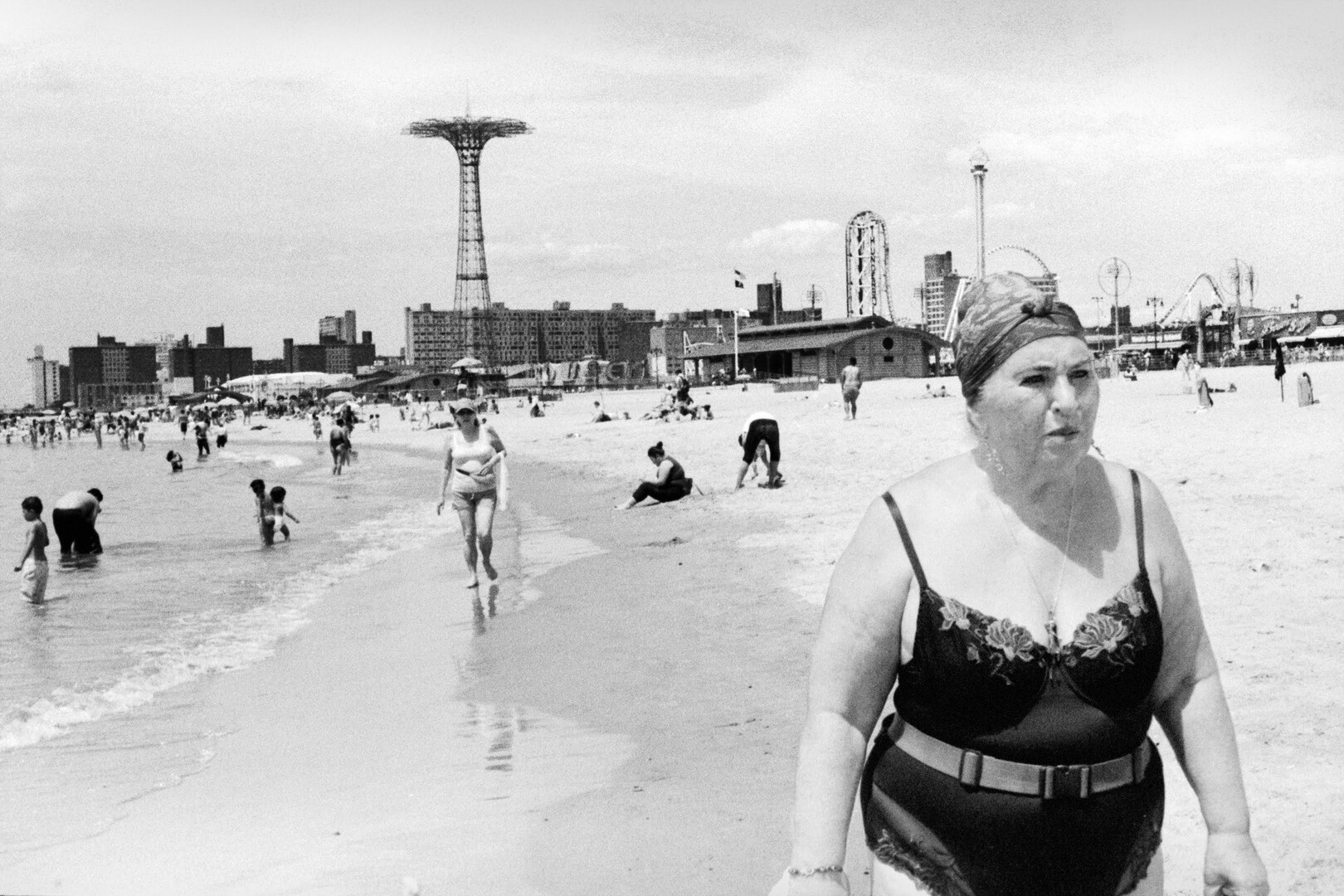
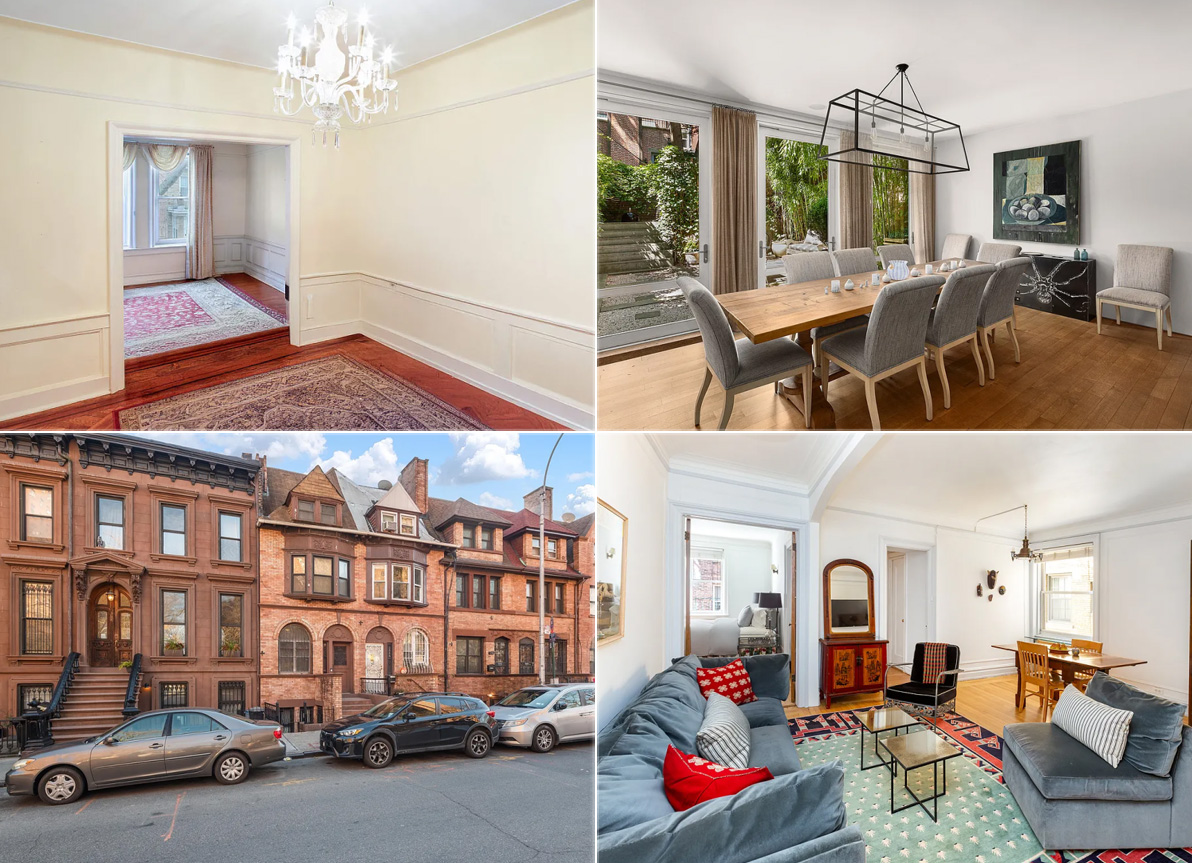
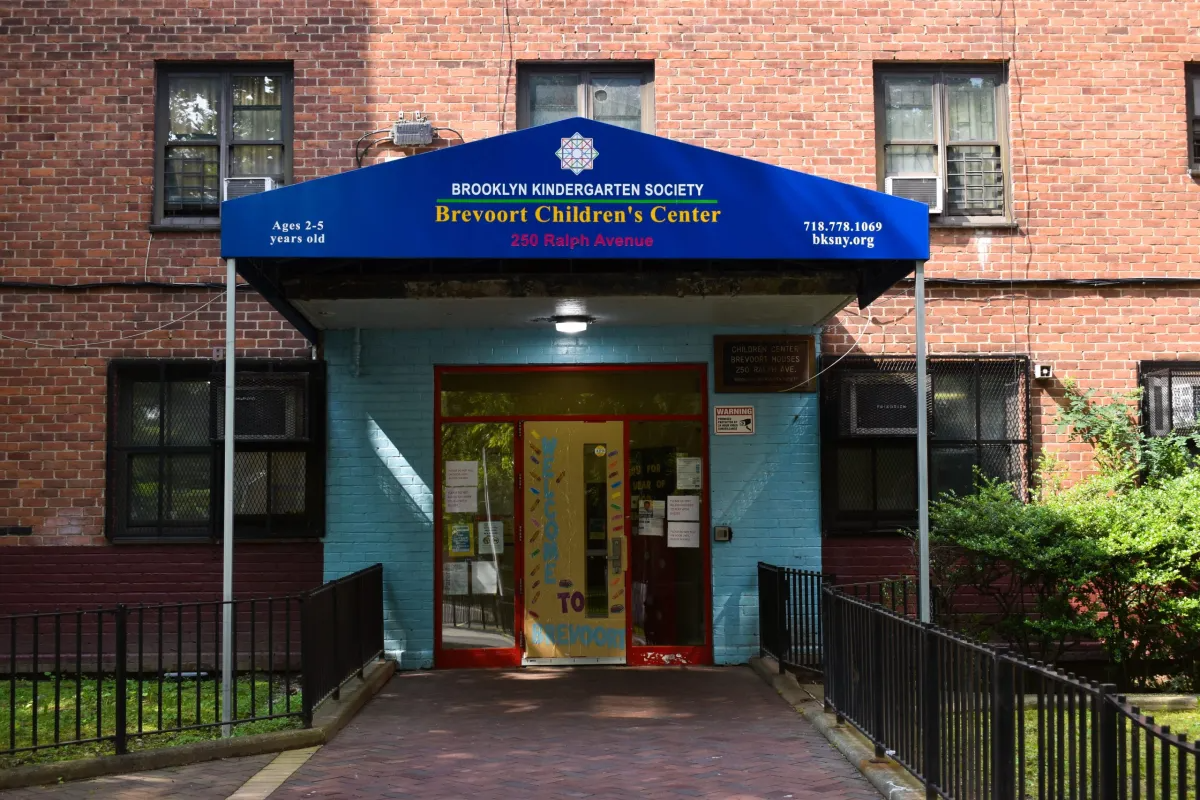
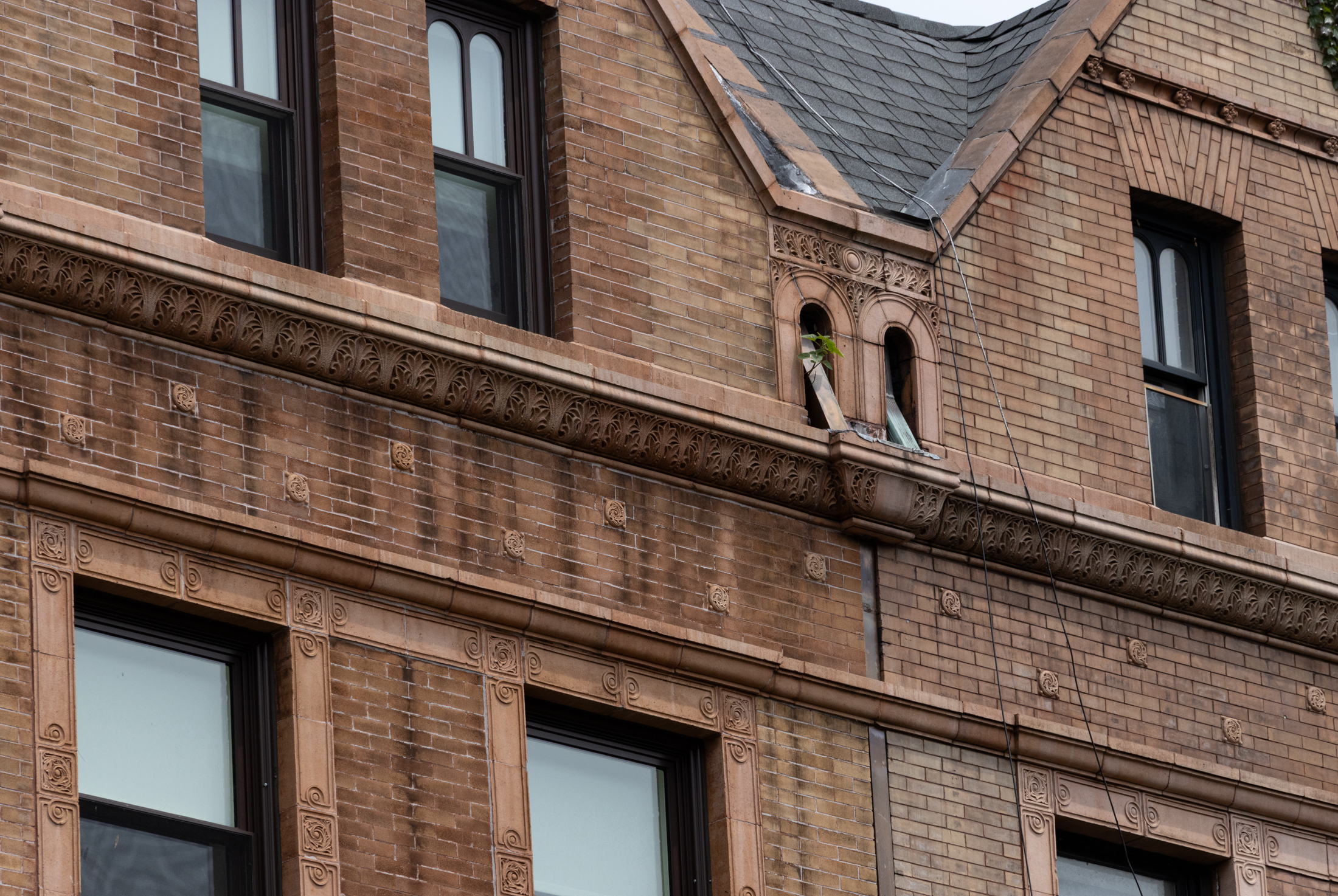
What's Your Take? Leave a Comment